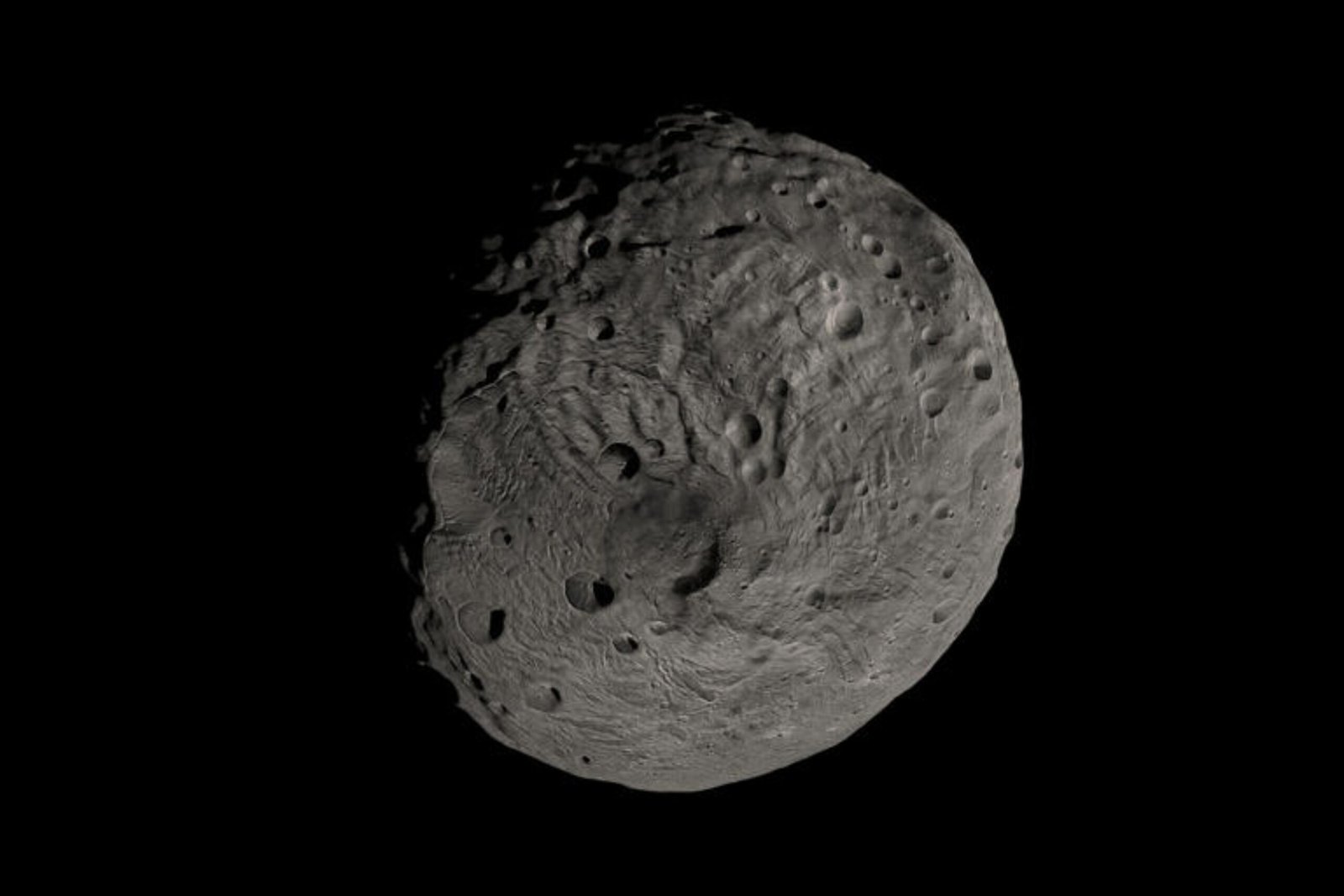NASA’s Dawn spacecraft data has provided groundbreaking insights into Asteroid Vesta, the second-largest object in the asteroid belt. Long believed to be a protoplanet with a layered internal structure—including a core, mantle, and crust—Vesta may not be what scientists previously thought. According to a research team led by planetary scientist Seth Jacobson of Michigan State University, Vesta lacks a core altogether, a finding that upends decades of assumptions about its planetary status.
NASA’s Dawn mission, which orbited Vesta between 2011 and 2012, collected precise gravitational and rotational data. For years, scientists struggled to reconcile these measurements with the expectation that Vesta had a planetary structure. Now, with advanced data processing techniques and nearly a decade of refined calibration, researchers have concluded that Vesta’s interior is not consistent with that of a protoplanet. Yet, its surface still shows volcanic basalt—a feature not typically associated with standard asteroids—making Vesta a geological puzzle that defies easy classification.
Not a Protoplanet, But Not an Asteroid Either
Asteroid Vesta, officially designated (4) Vesta, spans approximately 500 kilometers in diameter and is located between Mars and Jupiter. Although smaller than Ceres—now classified as a dwarf planet—Vesta has long occupied a unique place in solar system studies. Scientists assumed it was an early-stage planet that never completed its formation, making it a “protoplanet.” This notion has now been challenged by findings published in Nature Astronomy.
According to Jacobson’s team, Vesta shows no evidence of a core, a surprising development that requires scientists to reframe the body’s evolutionary history. The research suggests that the internal melting process that forms planetary layers may have started within Vesta but was never completed. What halted this process remains unclear, leaving room for further inquiry.
An alternative explanation posited by the researchers is even more intriguing: Vesta could be a fragment of a larger, developing planet that existed in the early solar system. Jacobson has previously explored the possibility of such planetary remnants surviving in the asteroid belt, and Vesta might be the first significant candidate fitting this description. “We just don’t yet know from which planet,” Jacobson stated, underscoring the mystery surrounding Vesta’s true origin.
Dawn’s Legacy and the Future of Vesta Research
The findings are based on data collected over a decade ago but only now fully understood thanks to advances in modeling and analysis. The Dawn spacecraft, which studied both Vesta and the dwarf planet Ceres, provided high-resolution gravity measurements and detailed imaging that continue to yield scientific insights long after the mission’s end.
With the recent breakthrough, scientists are now poised to model Vesta’s evolutionary history more accurately. The gravity data, once considered contradictory, can finally be interpreted in a meaningful context. Researchers believe that more discoveries lie hidden in the Dawn mission’s archive, awaiting further analysis with modern techniques.
As scientists revisit Asteroid Vesta’s role in the solar system, its unique composition and structure continue to challenge distinctions between asteroid and planet. Whether a stunted planet or a planetary fragment, Vesta’s story is far from complete—and future research may yet reveal its cosmic origins.
Visit The Lifesciences Magazine For The Most Recent Information.







